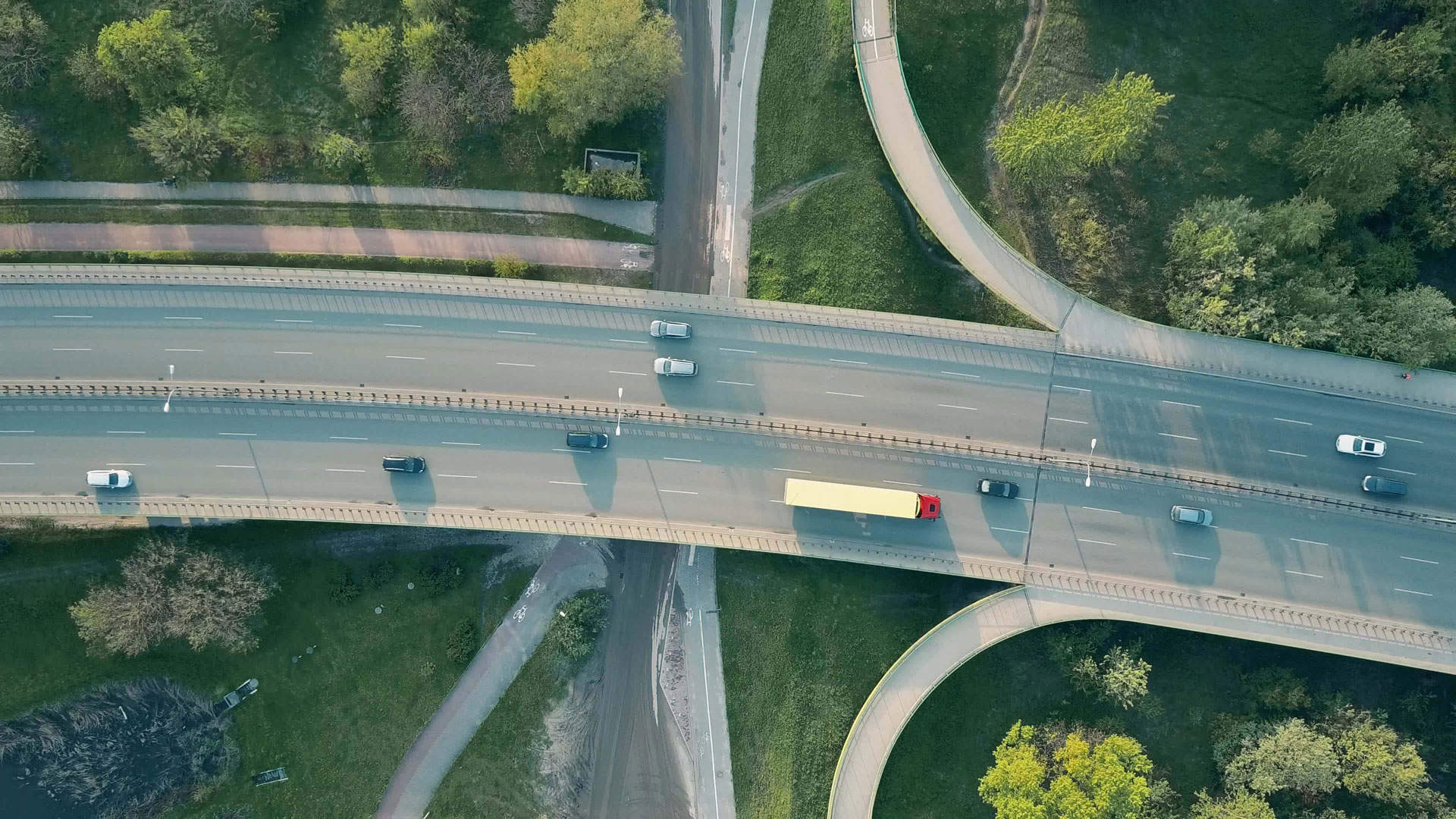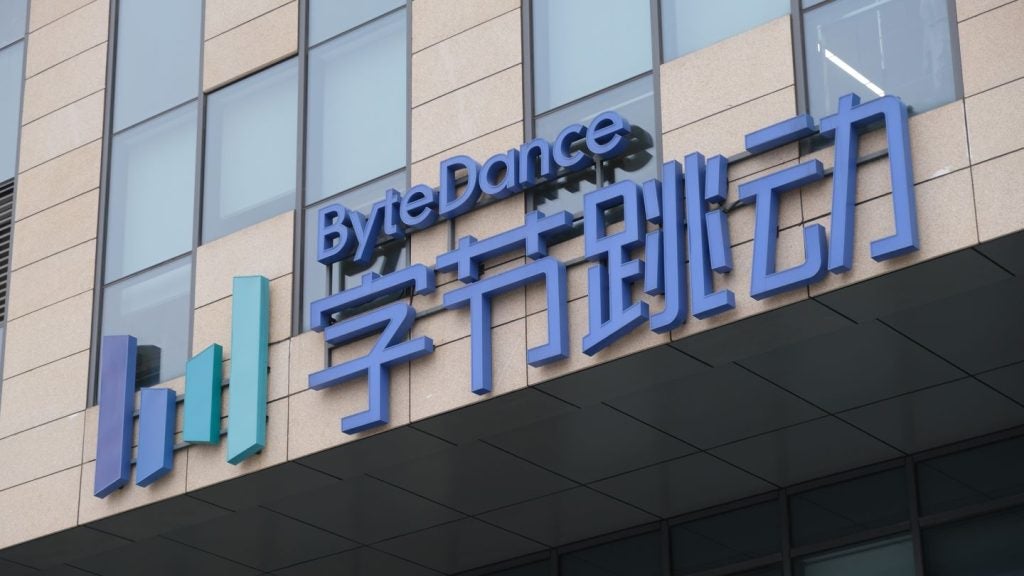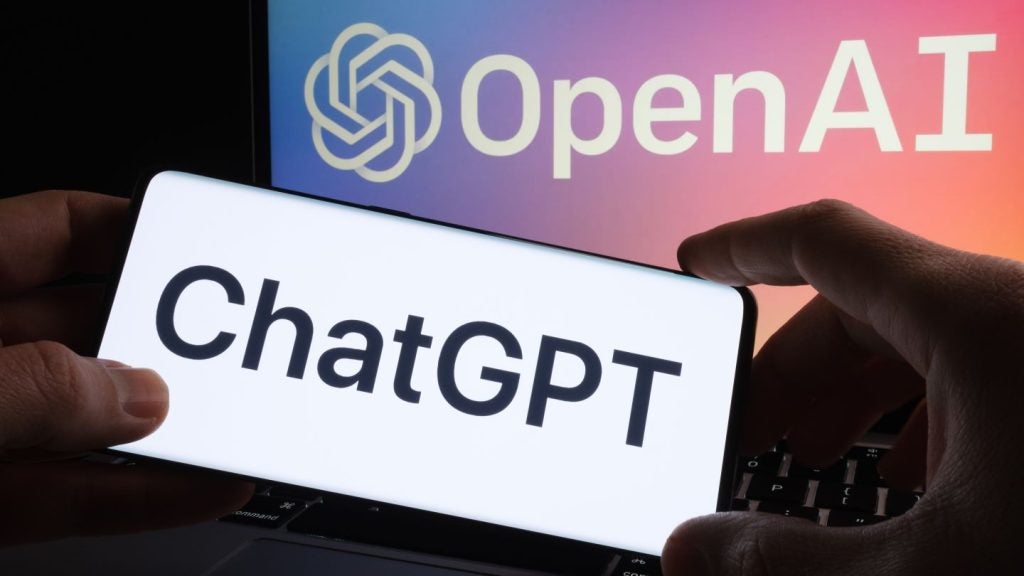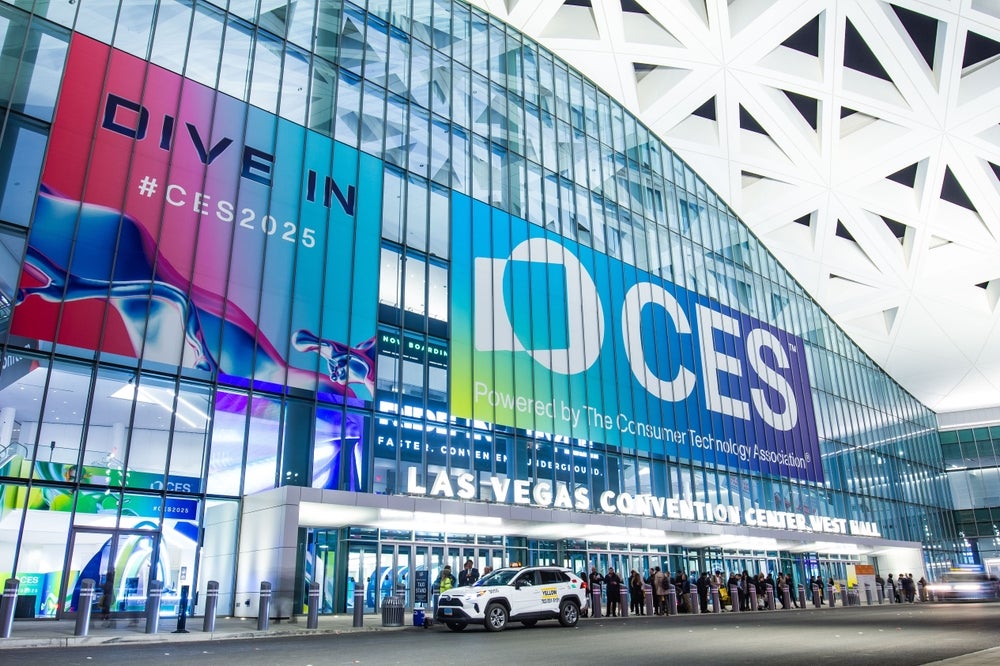
The problem surrounding the Irish border continues to hold up Brexit negotiations as the UK lumbers towards a disorderly exit from the European Union. But the technology that could solve the problem is available now and would cost in the region of “tens of millions” to implement, according to an experienced border expert.
The UK Government is keen to avoid a hard border, fearing that it could reignite tensions that were settled by the Good Friday Agreement in 1998. Last December it agreed a ‘backstop’ deal with the EU, which would see Northern Ireland effectively remain within the EU customs union in the event of a no deal Brexit.
Many Brexiteers, such as Boris Johnson, are opposed to this. As is commonplace around Brexit discussion, the rhetoric is dramatic.
The leader of the Democratic Unionist Party told the BBC that a border down the Irish Sea is a red line that’s “blood red”.
Meanwhile, Tusk and Farage have played the blame game in the European Parliament.
What types of technology could be used?
One of the proposed solutions is to create a bespoke arrangement using frictionless border technology. While that would still involve a hard border with customs checks, technology could ensure that disruption is minimal.
How well do you really know your competitors?
Access the most comprehensive Company Profiles on the market, powered by GlobalData. Save hours of research. Gain competitive edge.

Thank you!
Your download email will arrive shortly
Not ready to buy yet? Download a free sample
We are confident about the unique quality of our Company Profiles. However, we want you to make the most beneficial decision for your business, so we offer a free sample that you can download by submitting the below form
By GlobalDataThe European Research Group has championed this option, pointing to the “invisible border” between Norway and Sweden as a blueprint for the UK and Northern Ireland.
There, advanced IT systems allow goods to be declared to customs before they leave the warehouse. Non-intrusive inspection/screening systems (NII’s), combined with automatic number plate recognition, ensure that goods flow seamlessly along the thousand mile border.
Tim Norton, global market director for ports and borders at Smiths Detection, works with the 182+ customs administrations around the world, focusing on the movement of people and goods across those borders for the purpose of helping those respective authorities understand that technology can enable their ability to provide an efficient yet secure cross-border process.
He says that all of this technology is “available today” to help facilitate a secure and seamless movement of those people and goods from one country to another, similar the Irish border challenge.
“They are going to be able to solve this with what’s off the shelf now,” he told Verdict.
Other technologies include automated threat recognition tools that can detect contraband in an X-ray, which can automatically detect various contraband types, during the X-ray acquisition process of a suspect vehicle or conveyance.
Mixed reality tools will also be able to provide border officers with more advanced intelligence, enabling them to leverage a risk-based screening approach before considering actual physical checks. And it is access to that intelligence that Norton believes is the most vital ingredient for a frictionless border.
A data-driven solution
Just 2% of cargo is inspected at borders globally. Norton says that technology and leveraging data is crucial for a more accurate understanding of what’s in the other 98% that are not being physically inspected. And the more data that customs authorities have, the less physical checks they need to perform at the border.
“Regardless of which countries are involved, their ability to know more about the package prior to it arriving at the border is going to be key to helping them relieve the pressure that they’re facing today,” he says.
“This will make it seamless, it will make it more automated, they’ll have more data to work with, and it still allows them to have the physical tools, like X-ray devices, trace devices, canines and officers. It doesn’t diminish their role; it augments their role.”
Better data also means that authorities can spend more time focusing on the cargo that is more likely to contain illegal goods.
How much would it cost?
Putting an exact monetary figure on it is difficult and would depend on the nature of the technology implemented. But Norton says that it’s “not going to be in the hundreds of millions” and is “much closer to tens of millions” – far less than the £350m infamously emblazoned on the Brexit battle bus.
“This is something that’s completely affordable for countries to be able to implement,” he explains.
“In the case of the UK and the Irish border, investment from a monetary perspective isn’t the challenge.”
Who pays for the Irish border technology?
Norton says that the EU and World Customs Organisation give guidelines, but ultimately it is the individual countries and their respective customs administrations who determine financial policies.
Not all countries are the same because some are driven more by their ministry of finance whereas others by their security operations division.
“In the EU by and large the tax authorities drive policy into the customs administrations and they set the policy of how they are going to decide how to defend and enforce their customs administration mission,” says Norton.
“The EU gives directives and they give advice and guidance but it still comes down to the individual countries to get together and close up the solution.”
With the cost a negligible fraction of the UK and EU annual budgets, money is clearly not the problem.
Instead, it comes down to how much of a “leap of faith” the EU and UK want to make in using tech to solve the border problem.
Collaboration is key to solving the Irish border
From his 14 year experience at Smiths Detection, travelling roughly 400,000 air miles a year to discuss border technology with customs authorities, Norton has noticed that what ultimately solves disputes is collaboration on intelligence.
“The one thing that will help them more than anything else in the future is their desire and propensity to collaborate with adjoining nations,” he says.
“Because they both win if they collaborate. Collaboration will be one of the key elements that will help a border situation improve.”
And that is something that, over time, technology has helped alleviate.
“Tools and new technology is really melting away that resistance to collaborate,” he adds.







